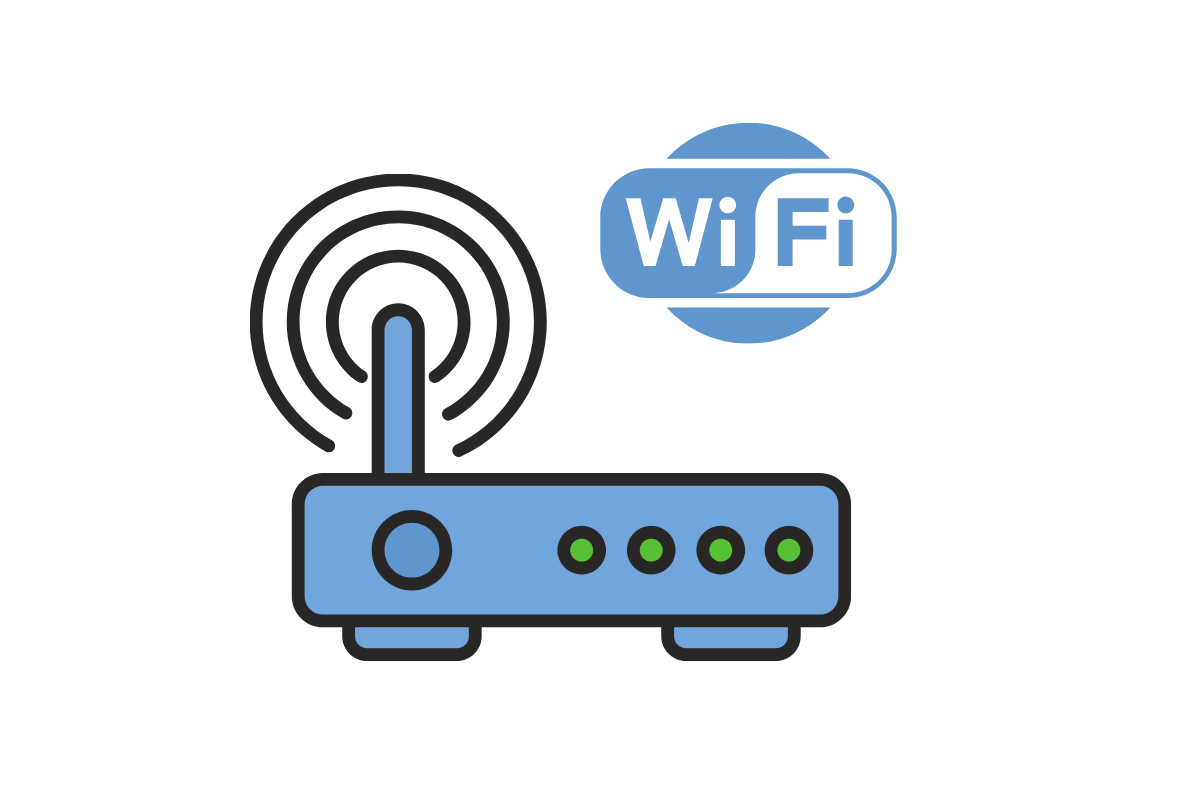Band Steering is a term you might not have heard before, but your Wi-Fi router might be doing that without you knowing. It is a technology aimed to smoothen the broadband internet experience for the consumer. It is a fairly new technology, and that is why a lot of people don’t know about it. Band steering will allow you to get an uninterrupted and seamless browsing experience. It is a very clever technology developed for Wi-Fi networks that handle multiple devices at the same time. Here is all you need to understand about Band Steering.
What is Band Steering?
Before understanding band steering, let’s take a quick look at the problem it solves. When multiple devices are connected to the same broadband Wi-Fi network, it can create congestion issues. This means that none of the devices connected to the network will get a seamless internet experience. All the modern-day routers come with support for 2.4 GHz and 5 GHz bands. The 2.4 GHz band is good for providing network coverage in a large area, but it can’t provide the maximum speed. While the 5 GHz band is good for providing the maximum speed, it can provide network connectivity in a small area only. Most of the old devices don’t come with support for the 5 GHz band because it is new. This is where ‘band steering’ jumps in. When there are a lot of devices connected to the same network, band steering technology intelligently connects the older devices with the 2.4 GHz network and the new devices which can support the higher frequency band with the 5 GHz network. This ensures that no network band is left underserved and thus reduces the chances for network congestion. The band steering technology comes fitted in the Wi-Fi router, so check if you have a Wi-Fi router that can do that. With the band steering technology in the Wi-Fi router, fiber broadband users won’t have to worry about getting a slow experience despite purchasing a high-speed plan.
